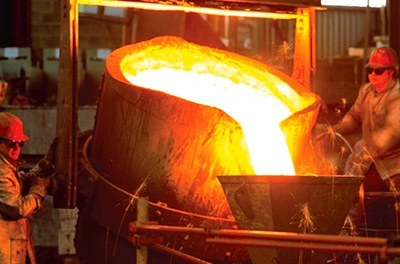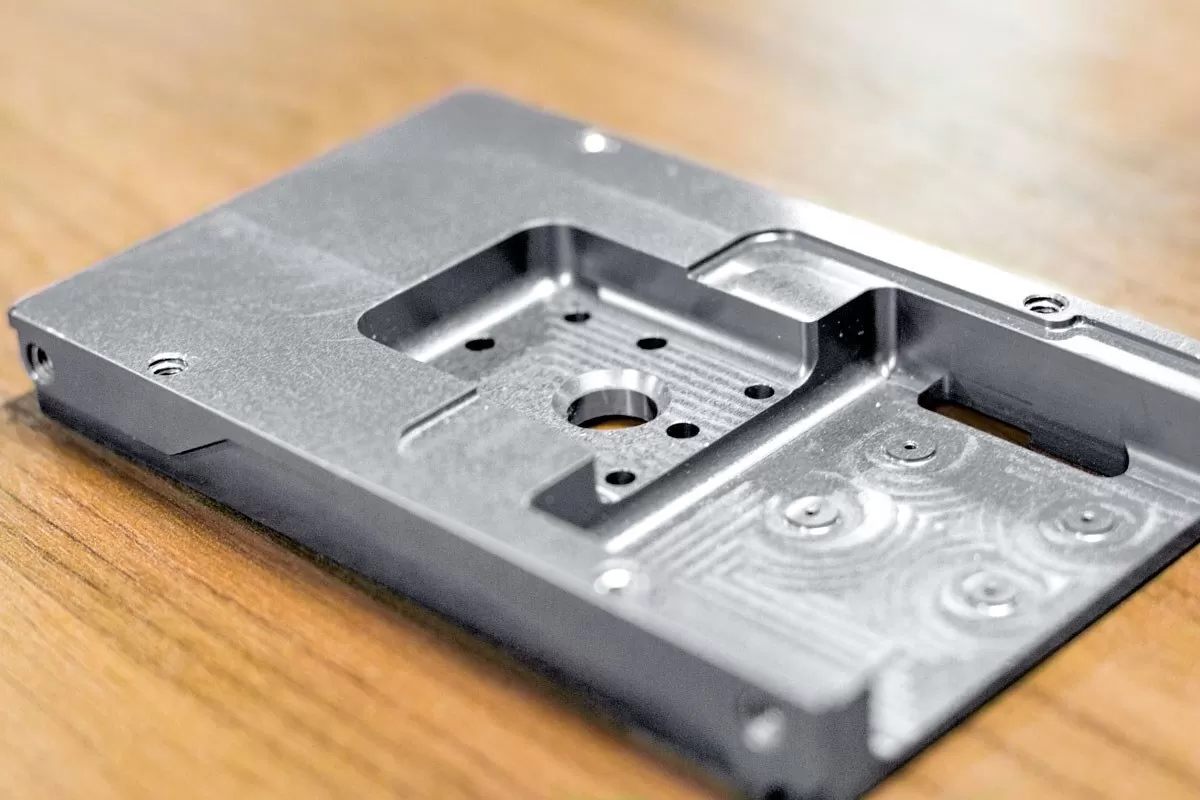Understanding the Metal Casting Process
Wondering how metal casting really works? At its core, metal casting involves melting metal until it’s liquid, pouring that molten metal into a mold shaped like the final part, then letting it cool and harden. Once cooled, the part undergoes finishing to prepare it for use.
Here’s how it breaks down step-by-step:
- Pattern creation: First, a pattern (usually made from wood, plastic, or metal) is made to form the shape of the part.
- Mold preparation: The mold is created around the pattern using materials like sand or metal, depending on the casting method.
- Pouring: Molten metal is carefully poured into the mold cavity.
- Cooling: The metal cools inside the mold, solidifying into the desired shape.
- Post-processing: The part is removed and cleaned up, which may include trimming excess material, heat treatment, and surface finishing.
CNC machining plays a crucial role after casting by refining parts for precision and accuracy. It ensures tight tolerances and smooth finishes that casting alone can’t always provide.
Why does this matter? Metal casting offers unmatched versatility for creating complex shapes that might be impossible or expensive with just machining. It’s also cost-effective, especially for medium to large production runs. This combination makes metal casting a preferred method in industries where both complexity and budget matter.
Types of Metal Casting Techniques
Metal casting comes in several forms, each suited for different needs and production volumes.
Sand Casting
This is one of the most cost-effective methods. It’s great for large parts and works well for low-volume production. The mold is made from sand, which makes it flexible and affordable but less precise.
Die Casting
Die casting offers high precision and is perfect for complex parts that need to be made in large quantities. It uses reusable metal molds, which helps keep the quality consistent.
Investment Casting
When it comes to intricate designs and smooth finishes, investment casting shines. It’s ideal for parts needing fine detail and excellent surface quality.
Gravity Die Casting
This method uses durable metal molds and relies on gravity to fill the mold. It delivers consistent results, making it good for medium to high-volume production of durable parts.
HYCNC’s Capabilities
At HYCNC, we specialize in both airset sand casting and gravity die casting. Plus, with our in-house CNC machining, we can refine cast parts for tighter tolerances and better finishes, providing the best of both worlds—cost savings and precision.
Benefits of Metal Casting for Your Projects

Metal casting offers great flexibility in design. You can create complex shapes and geometries that might be tough or costly to achieve with CNC machining alone. This means your project isn’t limited by tool paths or machine constraints.
Cost-effectiveness is another big plus. For certain parts, especially larger or more intricate ones, casting can be much cheaper than CNC machining or 3D printing. It saves you money on material waste and machining time.
Material versatility also makes metal casting attractive. Whether you need aluminum casting for lightweight parts, steel for strength, brass for corrosion resistance, or other metals, casting can handle it all.
Scalability is a key advantage too. Metal casting works just as well for prototype casting as it does for mass production runs, letting you scale smoothly from small batches to larger volumes.
At HYCNC, we combine metal casting with in-house CNC machining. This integrated process improves accuracy, reduces the need for handoffs between vendors, and speeds up your project turnaround. It’s a streamlined way to get precise, high-quality custom metal parts without extra hassle.
Applications of Metal Casting in Modern Industries
Metal casting plays a vital role across many industries in the U.S., thanks to its ability to create strong, precise, and complex metal parts.
- Automotive: Metal casting is commonly used for engine components, transmission parts, and other critical pieces that need durability and accuracy.
- Aerospace: Turbine blades and structural components often rely on precision casting techniques to meet strict performance and safety standards.
- Industrial Machinery: Gears, housings, and custom parts in heavy machinery are frequently produced using casting for strength and reliability.
- Consumer Goods: Durable and high-quality metal products like appliance parts and hardware benefit from metal casting’s flexibility.
At HYCNC, we recently helped a client in the manufacturing sector with a custom casting solution that combined our expertise in airset sand casting and CNC machining. This partnership delivered a high-precision part on time and within budget, showing how metal casting supports modern industry needs effectively.
Why Choose HYCNC for Metal Casting Services

At HYCNC, we make metal casting easy and fast. Our instant quoting system gives you a price in just 30 seconds, helping you make quick decisions without the wait.
We bring in-house expertise by combining metal casting with precision CNC machining. This means you get parts that are both accurate and ready to use, cutting down on extra steps and delays.
Our quality assurance process is strict. Every cast part goes through rigorous checks to ensure it meets your standards for consistency and reliability.
Whether you’re local or across the country, HYCNC offers customized solutions that fit your needs. We optimize for local SEO, so finding metal casting services near your city is easier than ever.
Ready to get started? Contact HYCNC for a free quote or consultation and see how our metal casting services can bring your project to life.
How to Get Started with Metal Casting at HYCNC
Getting started with metal casting at HYCNC is simple and fast. Here’s how it works:
Step 1: Submit your CAD model
Upload your design to our instant quoting system. You’ll get a quote within 30 seconds, so you can make quick decisions.
Step 2: Collaborate with our team
Our experts will work with you to refine your design for casting. We focus on practical tips like:
- Avoiding thin walls that can cause defects
- Accounting for metal shrinkage during cooling
- Choosing the right casting method for your part
Step 3: Get your parts on time
Once approved, we handle casting and CNC machining in-house to deliver high-quality, ready-to-use parts on schedule. This streamlined process means fewer handovers and faster turnaround.
Ready to start your project? Visit HYCNC’s quoting tool or contact our team for a free consultation and see how simple metal casting can be.

